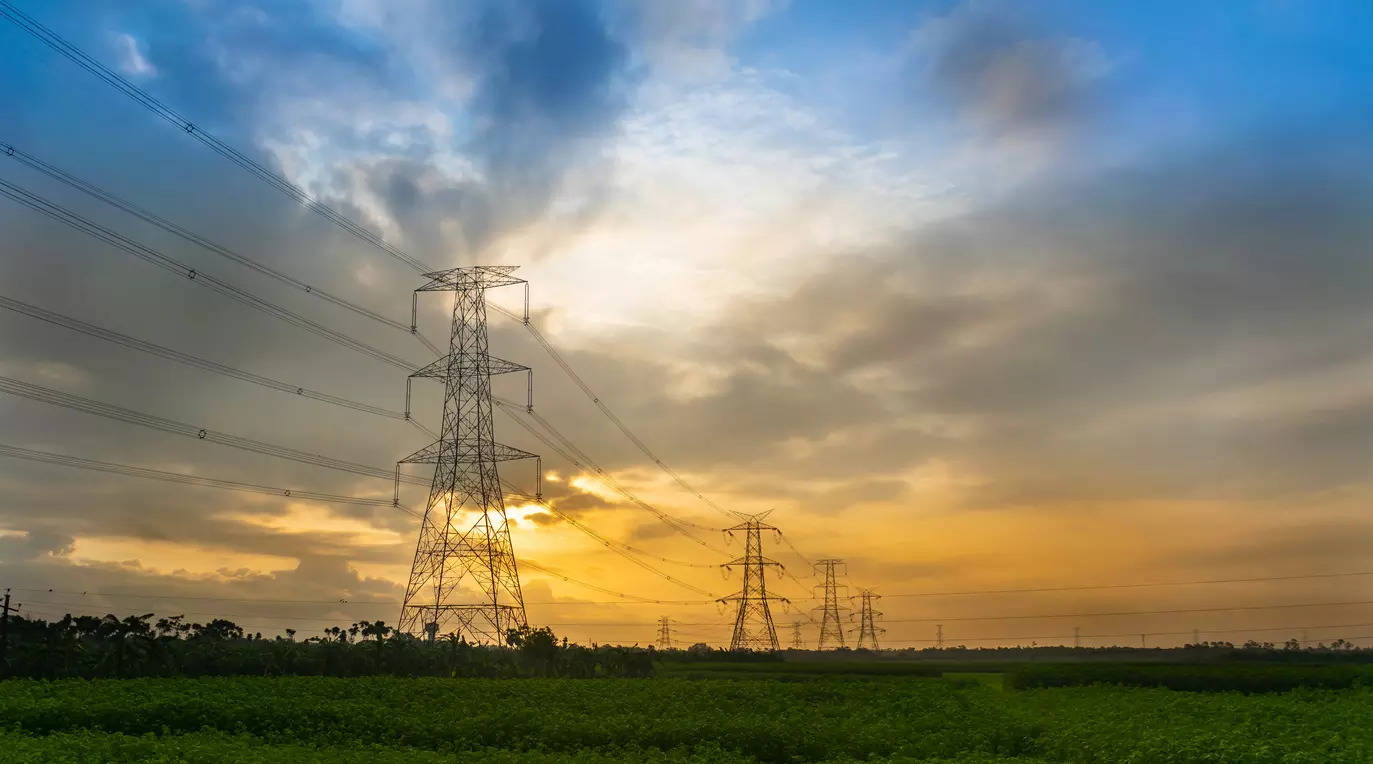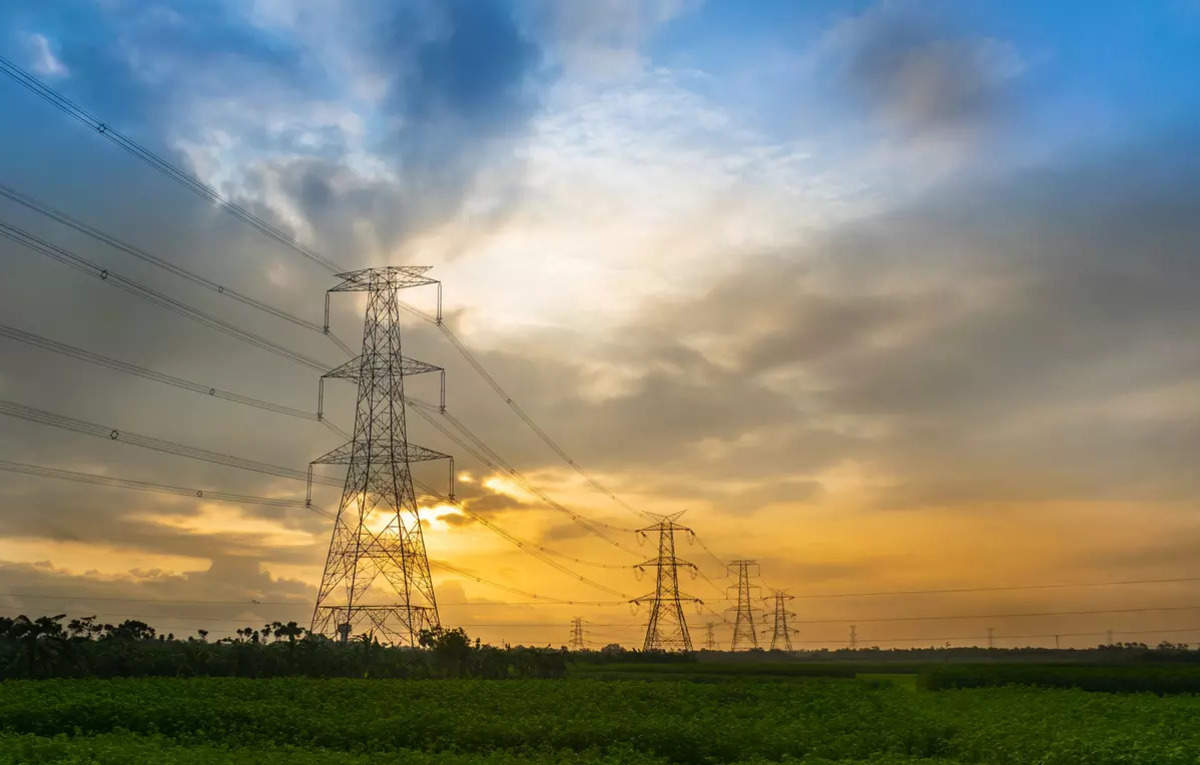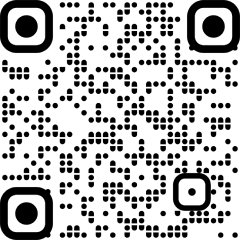
India’s electric power landscape faces three critical challenges that demand attention. Firstly, large sections of India do not have access to continuous power – with many regions remaining unconnected to the grid. For these regions, distributed energy resources (DERs) present a practical solution for reliable power. Secondly, the unstable grid is a pressing concern. More than 50% of India’s grid is powered by coal-based thermal power plants making it vulnerable to disruptions such as the coal shortage experienced in 2022. Thirdly, the cost of electricity provided by the grid is expensive in many parts of India. Microgrids emerge as a promising solution that can offer complementary power for regions that face these challenges. Microgrids coordinate DERs in a consistently more decentralized manner. The application of distributed energy generation at low to medium voltages is increasing worldwide. Microgrids reduce the control burden on the grid, enabling the grid to operate at peak efficiency. Microgrids are a group of DERs that function as a single controllable entity. Often, microgrids incorporate energy generation and battery storage. Microgrids can connect and disconnect from the grid in short order and can operate in grid-connected mode or an independent island mode without being connected to the grid.
A typical microgrid includes one or more DERs such as gensets, solar panels, and battery storage units. Often, provisions are made for additional DERs like wind power and fuel cells. Solar, wind, and fuel cells deliver renewable green power to the microgrid. Several combinations of these DERs have been successfully deployed in operational microgrids. The entire microgrid is operated using an electronic control system. The smart design of a microgrid system controller provides the opportunity to maximize operational efficiency at the lowest cost point. Microgrids can be scaled up to generate many hundreds of kWe to several MWe.
Microgrid provides an optimum solution to the problem of load management. Striking the right balance between electricity demand and supply capacity of microgrids is crucial for effective load management. This requires sophisticated energy management that can predict and manage load fluctuations. Optimizing the overall system performance and load balance of a microgrid is achieved using algorithms incorporated into the control system. Proactive diagnostics and predictive maintenance are key features of an effective control system.
In terms of the current level of development, solar microgrids are a great first step towards establishing resilient energy systems for a sustainable future, characterized by lower energy costs and reduced carbon emissions. The adoption of microgrids not only reduces future energy expenses but contributes to mitigating carbon emissions. India has successfully installed a microgrid capacity of a few hundred MWe. At a non-grid power generation level, the cost of electricity from a solar microgrid is 5 to 6 INR/kWh, as opposed to 15 INR/kWh associated with electricity generated from a diesel generator.
Microgrids can be a robust and feasible option for rural India if other forms of renewable energy such as wind power and green fuel cells are added to solar power. Given a growing emphasis on air quality improvement in urban regions, microgrids comprising of low emission gensets, solar power, and battery storage can be a primary option. Such microgrids can ensure uninterrupted power supply for critical services and businesses – including hospitals, hotels, telecommunication towers, and data centers.
In conclusion, adopting zero carbon emission energy solutions like microgrid systems that harness solar, wind, green fuel cells, and energy storage can deliver smart and decentralized grids that can provide power to more people and businesses without impacting our environment. Scaling up microgrid technologies and capabilities in terms of power capacity along with more prolific usage of microgrids will accelerate India’s progress towards achieving energy resilience, ensuring energy security, reducing carbon emissions, and promoting cleaner air.


